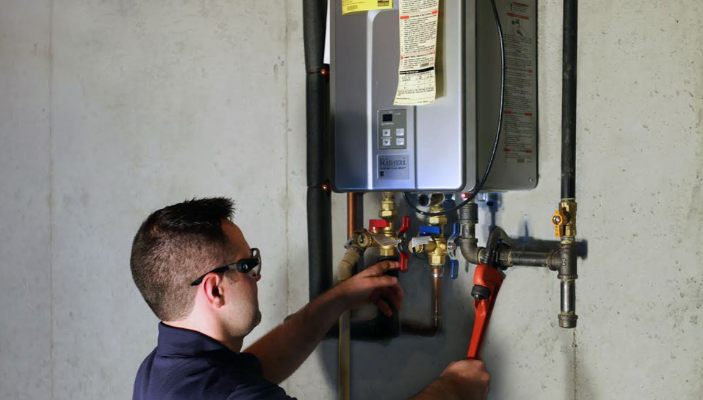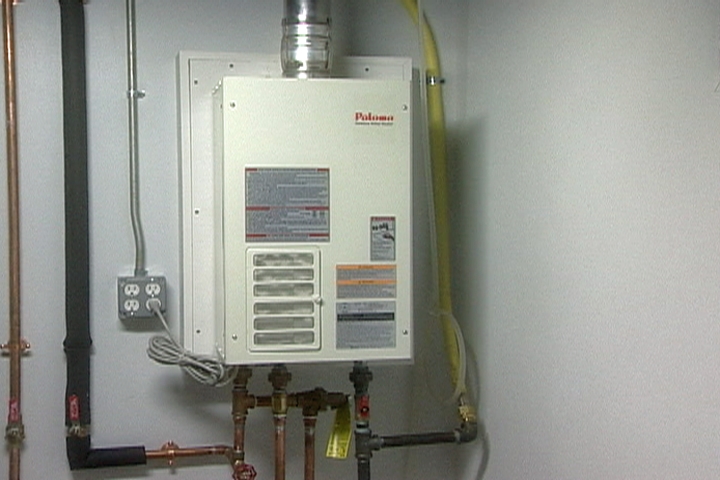Ensuring Longevity of Your Home's Hot Water System: Maintenance TipsHow to Maintain Your Home's Hot Water System Properly
Ensuring Longevity of Your Home's Hot Water System: Maintenance TipsHow to Maintain Your Home's Hot Water System Properly
Blog Article
This article following next in relation to How to Maintain Your Water Heater & Prolong its Life is really remarkable. Don't bypass it.

Warm water is necessary for daily convenience, whether it's for a refreshing shower or cleaning meals. To guarantee your hot water system runs effectively and lasts longer, normal upkeep is crucial. This write-up supplies sensible suggestions and understandings on how to keep your home's hot water system to stay clear of interruptions and pricey repair work.
Intro
Maintaining your home's warm water system may seem complicated, but with a couple of simple steps, you can guarantee it operates smoothly for several years to find. This guide covers every little thing from recognizing your hot water system to do it yourself maintenance ideas and knowing when to contact expert aid.
Significance of Keeping Your Warm Water System
Regular maintenance not just extends the lifespan of your hot water system yet also ensures it runs successfully. Overlooking upkeep can bring about decreased effectiveness, higher power costs, and even early failing of the system.
Signs Your Hot Water System Needs Maintenance
Recognizing when your warm water system needs interest can stop significant issues. Watch out for indications such as irregular water temperature, odd sounds from the heater, or rusty water.
Recognizing Your Warm Water System
Prior to diving right into upkeep tasks, it's valuable to comprehend the standard parts of your hot water system. Usually, this consists of the hot water heater itself, pipelines, anode poles, and temperature level controls.
Month-to-month Upkeep Tasks
Normal monthly checks can help catch minor problems prior to they escalate.
Flushing the Water Heater
Flushing your water heater eliminates sediment buildup, enhancing effectiveness and prolonging its life.
Checking and Changing Anode Rods
Anode poles stop rust inside the tank. Examining and replacing them when worn out is essential.
Examining and Changing Temperature Settings
Adjusting the temperature settings guarantees ideal performance and security.
DIY Tips for Maintenance
You can perform several maintenance jobs yourself to keep your hot water system in leading problem.
Looking for Leakages
On a regular basis check pipes and connections for leaks, as these can cause water damage and higher bills.
Testing Stress Alleviation Valves
Evaluating the pressure relief valve ensures it functions appropriately and protects against too much pressure buildup.
Insulating Pipes
Insulating hot water pipelines minimizes warm loss and can save power.
When to Call an Expert
While DIY maintenance is valuable, some issues require specialist know-how.
Complex Concerns Needing Professional Help
Examples include significant leaks, electric issues, or if your water heater is consistently underperforming.
Regular Expert Maintenance Perks
Specialist maintenance can include detailed assessments, tune-ups, and guaranteeing conformity with security standards.
Conclusion
Normal maintenance of your home's warm water system is necessary for efficiency, long life, and expense financial savings. By following these ideas and knowing when to look for professional aid, you can guarantee a reliable supply of warm water without unexpected disruptions.
How to Maintain an Instant Hot Water Heater
Before tinkering with your hot water heater, make sure that it’s not powered on. You also have to turn off the main circuit breaker and shut off the main gas line to prevent accidents. Also turn off the water valves connected to your unit to prevent water from flowing into and out of the appliance. 2. When you’re done, you have to detach the purge valves’ caps. These look like the letter “T” and are situated on either side of the water valves. Doing so will release any pressure that has accumulated inside the valves while at the same time avoid hot water from shooting out and burning your skin. 3. When the purge valves’ caps are removed, you have to connect your hosing lines to the valves. Your unit should have come with three hoses but if it didn’t, you can purchase these things from any hardware or home repair shops. You can also get them from retail stores that sell water heating systems. Read the user’s manual and follow it to complete this task properly. When the hosing lines are connected, open the purge port’s valves. 4. You should never use harsh chemical cleaners or solutions when cleaning your unit. Make use of white vinegar instead. It should be undiluted and you’ll probably use about 2 gallons. 5. Now flush your water heater. This task should probably take about 40 minutes. We can’t give you specific directions for this because the procedure is carried out depending on the type, model and brand of your heater. With that being said, refer to the user’s manual. 6. When you’re done draining the unit, you have to turn off the purge port valves again. Remove the hosing lines that you earlier installed on each of the water valves. Put the valve caps (purge port) back in their respective places and be very careful so as not to damage the rubber discs that are found inside these caps. 7. Now that everything’s back in place, check your user’s manual again to find out how to reactivate your water heating system. 8. Once it is working, turn one of your hot water faucets on just to let air pass through the heater’s water supply pipes. Leave the tap on until water flows smoothly out of it. https://www.orrplumbing.com/blog/2014/september/how-to-maintain-an-instant-hot-water-heater/

I was made aware of that editorial about How to Maintain Your Water Heater & Prolong its Life from someone on a different site. Enjoyed our blog? Please quickly share it. Help others check it out. We appreciate reading our article about What Kind of Maintenance Do Water Heaters Need?.
Call Today Report this page